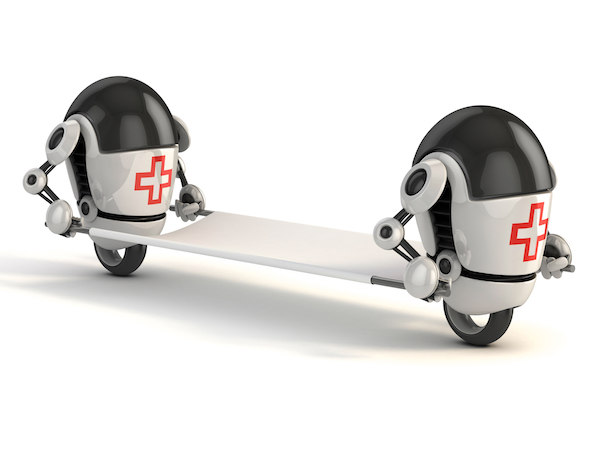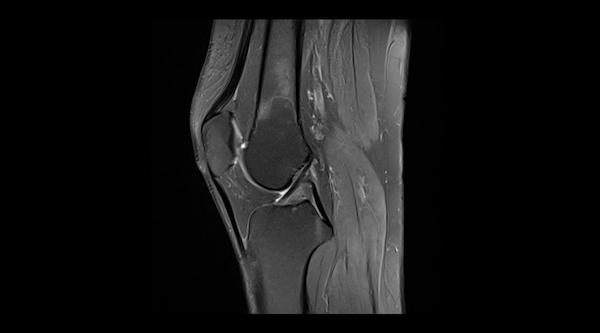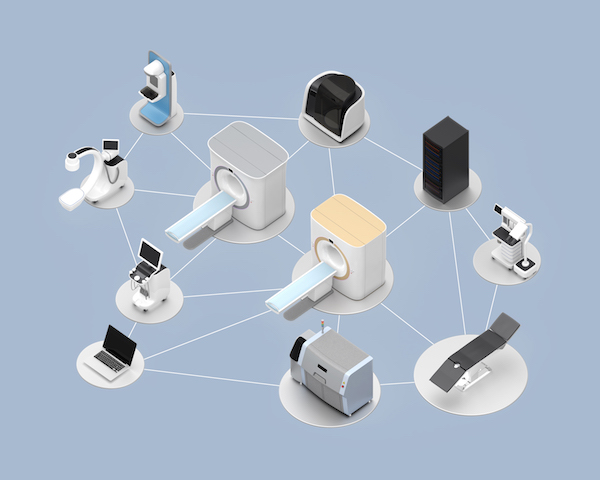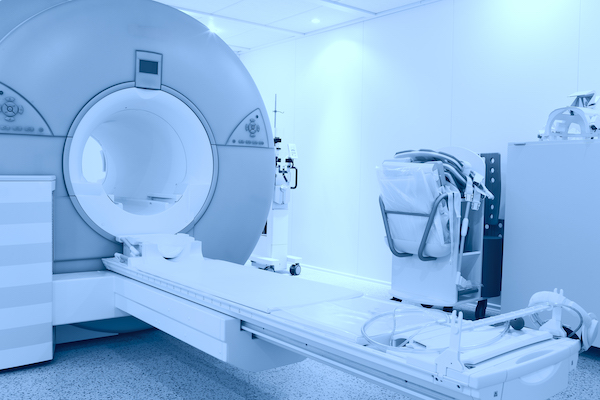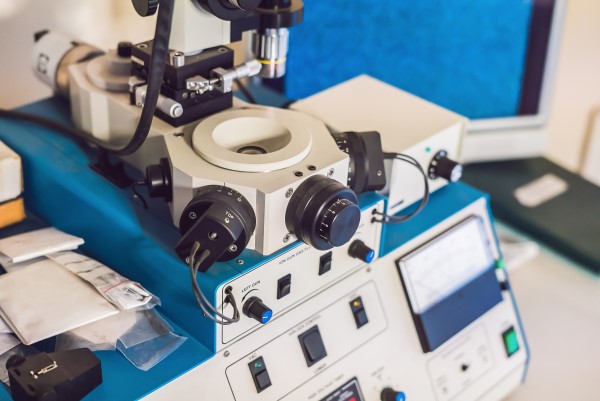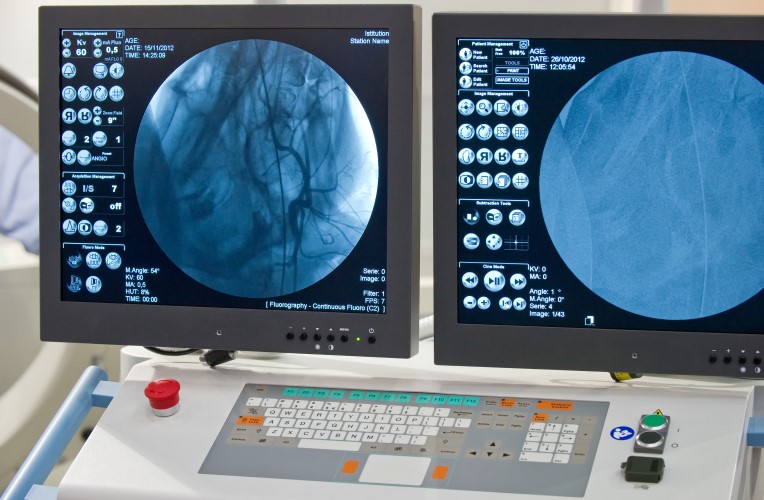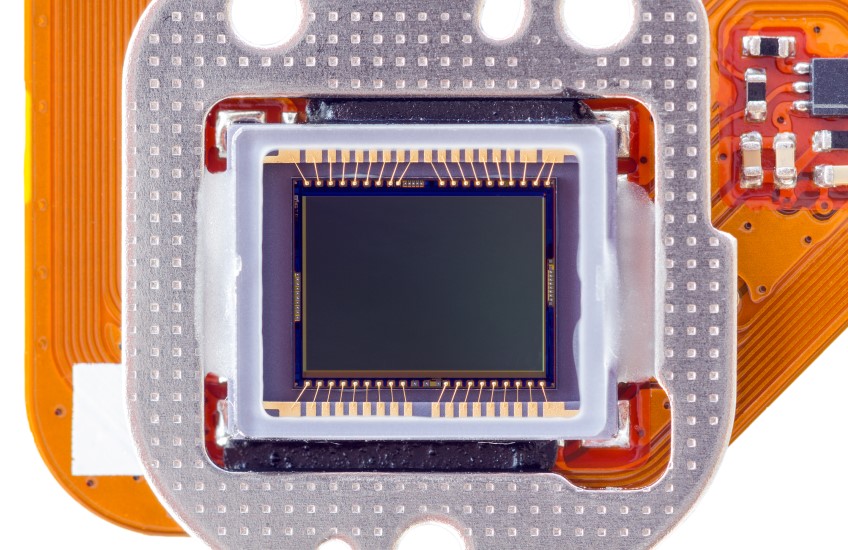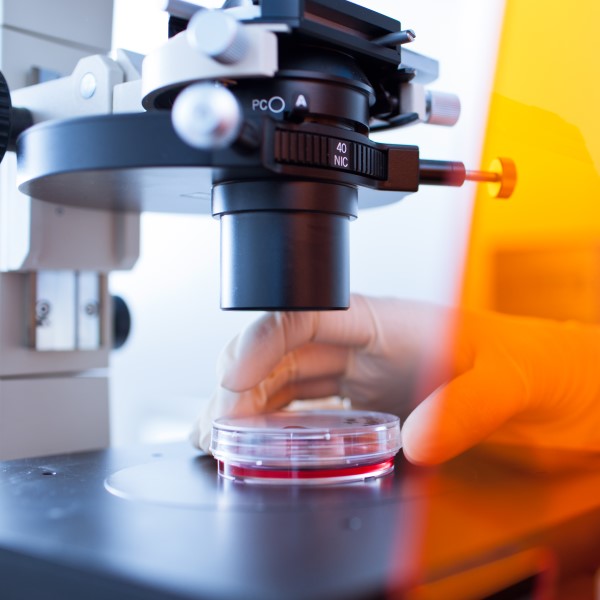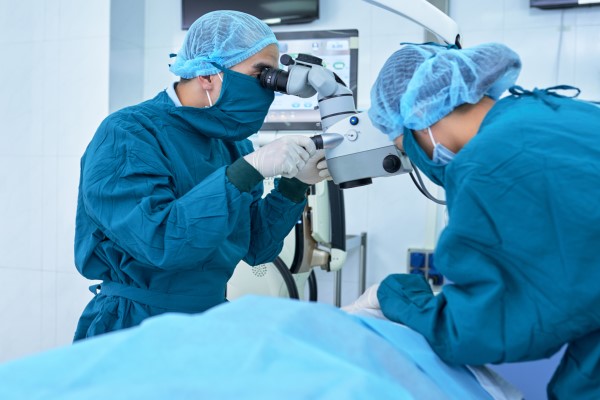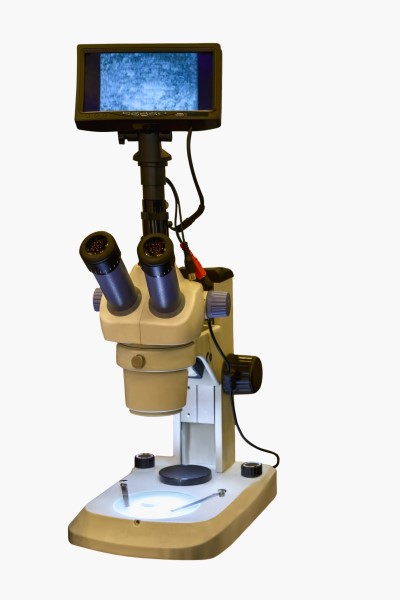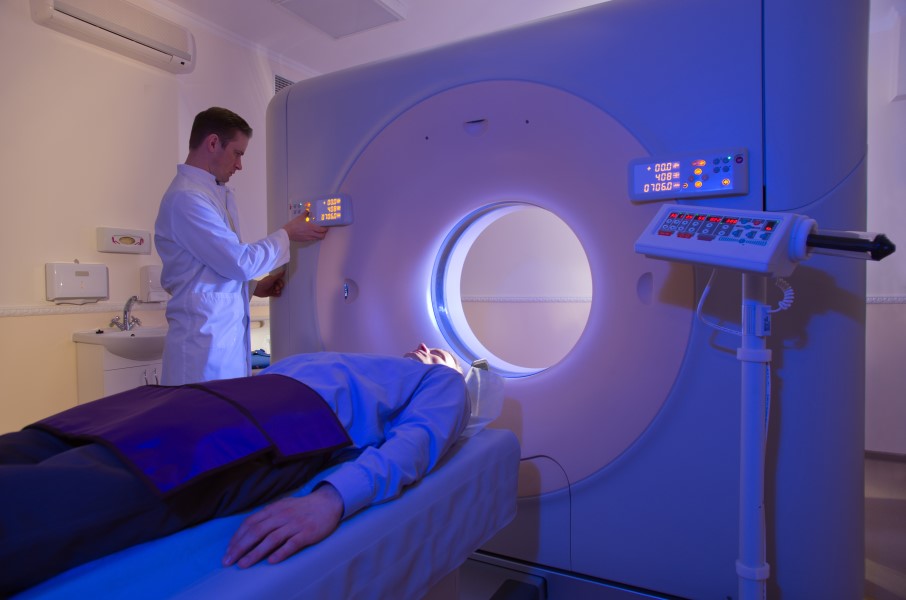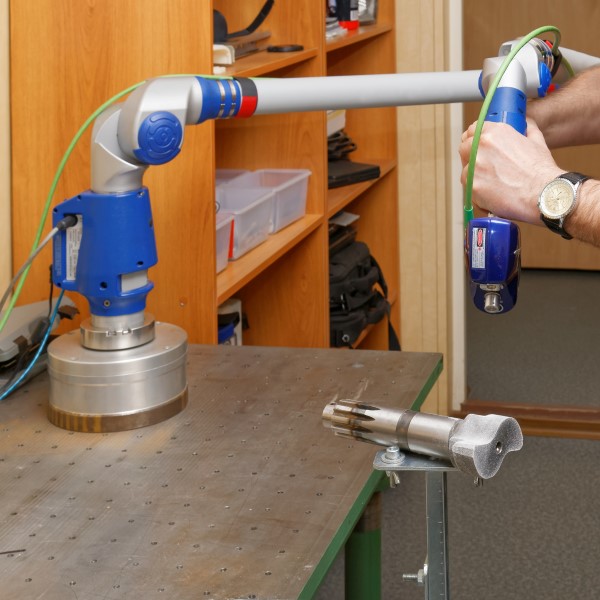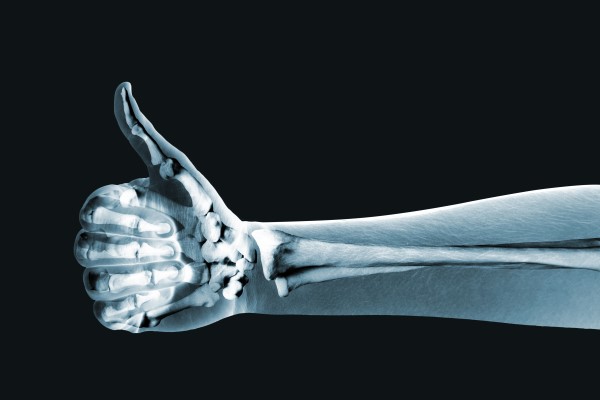CCD Applications
Charge-coupled devices, or CCDs, are electronic devices that are commonly used in digital cameras and other imaging devices. The CCD lens is a key component in these devices, allowing for high-quality images and video to be captured. […]
Medical Robots
Robots have been, and still are, a staple of Sci-Fi movies and novels. However, the evolution of technology is quickly bringing them into the medical fields as well. According to one report by Credence Research, the global medical robotics market was valued at $7.24 billion in 2015 and is expected [...]
Medical Proton Imaging
The recent research on medical proton imaging is by and large motivated by the desire to gather information using a less invasive source such as X-rays. With the use of a proton microscope, it is possible to image biological tissue without leaving any radiating material behind in the tissues of [...]
3D Vision-Guided Technology To Package Veterinary Catheters
In the past several years, an increasing amount of companies world-wide have seen the benefits of using machine and robotic vision technology for bin picking tasks. Many UKIVA (UK Industrial Vision Association) members are now involved in bin picking applications using 3D vision technology, according [...]
Using Machine Vision For Other Optical Exams
The reason most people visit their optician or ophthalmologist is to have their eyesight tested. However, more than just a routine eye exam can be evaluated when the doctor examines the eyes. A simple ophthalmic exam can reveal signs of systemic diseases such as diabetes and hypertension, and in the [...]
Analyzing Cannabis With Near Infrared Spectroscopy
The legal cannabis industry in the United States is currently experiencing a boom in economic growth, even though it is still illegal at the federal level and in about one-third of the states. To date, the industry in the U.S. hasbecome a nearly $11 billion business – a figure that [...]
Deep Learning-based Analysis
Radiological x-rays, ultrasounds and NMR’s are all forms of medical imaging that have traditionally required the flexibility of the human eye to detect anomalies within the human body. Since a computer is confused by busy backgrounds and image quality issues, it is difficult for a traditional machine vision algorithm to [...]
fMRI Signals
A decade ago it was discovered that functional magnetic resonance imaging – fMRI – signals were able to detect cognitive functions in comatose, or even vegetative patients which spurred new research into consciousness. […]
Neuroimaging With Machine Learning
Studying the human mind is challenging. Currently, most human brain studies are limited to non-invasive approaches, such as magnetic resonance imaging (MRI). This limits the examination of the human brain at the cellular level, which may offer novel insights into the development and potential treatment of various neurological diseases. [...]
MRI With Proton Beam
MR guidance is emerging as a powerful tool for real-time monitoring of radiation treatments, offering excellent soft-tissue contrast and the ability to track intra-fractional tumor motion. Hybrid devices for MR-guided photon-based radiotherapy are now in clinical use. But to date, no such combined system exists for proton therapy. [...]
Transmission Electron Microscope
TEM, or Transmission electron microscopy (also sometimes conventional transmission electron microscopy or CTEM) is a microscopy technique in which a beam of electrons is transmitted through a specimen to form an image. The specimen is most often an ultrathin section less than 100 nm thick or a suspension on a grid. An image is formed from the interaction of [...]
Optical Coherence Tomography Angiography
A new kind of precise and non-invasive imaging called optical coherence tomography angiography (OCTA) has assisted much of the recent research on the eye’s connection with Alzheimer’s. It enables physicians to see the smallest veins in the back of the eye, including the red blood cells moving through the retina. [...]
Four Types of Barcode Scanners
Barcode scanners are extremely simple devices that can read and output printed barcodes to a computer. Like a flatbed scanner, it consists of a light source, a lens and a light sensor translating optical impulses into electrical ones. Additionally, nearly all barcode readers contain decoder circuitry analyzing the bar code’s image data provided by the sensor [...]
M12 Lenses
M12 Lenses, also referred to as S-Mount Lenses or Micro-Video Lenses, are board lenses used to focus an image onto a camera sensor. They are used in a variety of applications including automotive, forensics, pharmaceutical, and food inspection. These S-Mount Lenses are compact imaging lenses designed for use with many [...]
Optical Microscopy
First invented in the 17th century by Dutch scientist Antonie Philips van Leeuwenhoek, the optical microscope is the traditional form of microscopy, and is still in use today. Sometimes known as a light microscope, it uses a series of precision lenses to magnify images of small samples with visible light. [...]
Robotic Surgery
From prostate surgery to gallbladder procedures to heart surgeries, robots are already mainstays in the operating room. Robotic surgery is currently being performed using the da Vinci™ surgical system, which is a unique set of technologies that include a camera, a magnified screen, a console and specialized ‘arms’ for holding the surgical [...]
Electron Microscope
The electron microscope is a type of microscope that uses a beam of electrons to create an image of the specimen. It is capable of much higher magnifications and has a greater resolving power than a light microscope, allowing it to see much smaller objects in finer detail. [...]
Optical Conveyor Belt
The theoretical branch of the field of ultracold atoms is completely interdisciplinary, attracting top scientists from atomic, condensed matter, high energy and nuclear physics, as well as from quantum optics and quantum information. […]
Theragnostic Radiotherapy
By using theragnostic radiotherapy, a personalized treatment plan can be tailored to both the geometric and biological attributes of a patient’s tumor. Medical imaging needs radiation therapy just as radiotherapy needs imaging. Progress in functional and molecular imaging has dramatically improved the ability to map the spatial distribution of cellular [...]
3D Scanning
3D scanning is all about capturing real-world data and converting it into a 3D model. Until recently, 3D scanners were mainly used for industrial applications. 3D printing is becoming more common, especially for hobbyists, and the demand for 3D scanning devices that can transform real objects into 3D printable models [...]
3D X-Ray Spectral Scanner
Phil Butler – a physicist at the University of Canterbury – along with his son, Anthony – a radiologist at the Universities of Otago and Canterbury – invented a revolutionary 3D color medical scanner known as the MARS spectral X-ray scanner. For the first time, researchers have captured 3D images [...]

